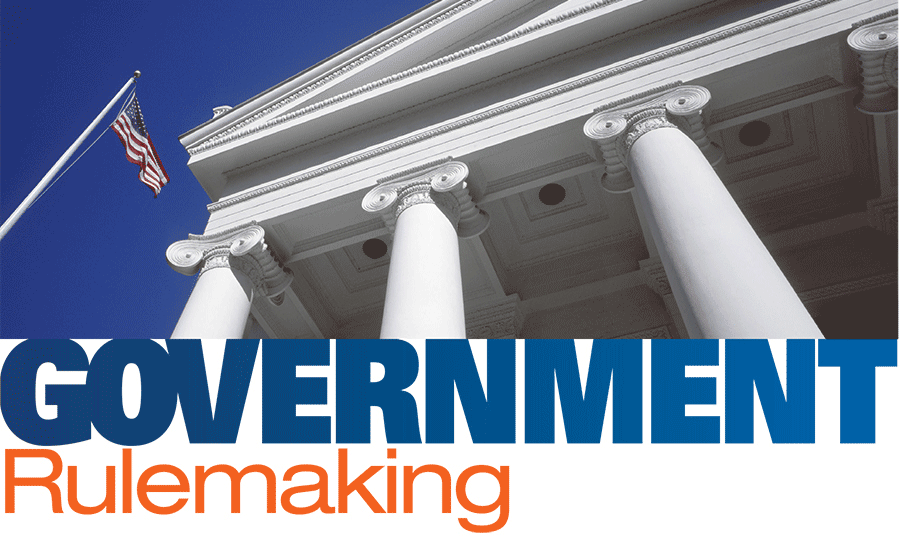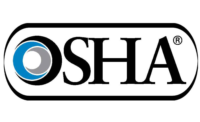A requirement that employers disclose more information about worker injuries to safety officials and the public has been scaled back by the Trump administration.
The Labor Department action, reflecting the administration’s broad push to ease regulations on business, weakens an Obama-era initiative to improve safety enforcement and crack down on underreporting of job injuries. The 2016 rule, which had been hailed by safety advocates, drew the ire of the U.S. Chamber of Commerce and other business groups.
The scaled back rule eliminates some electronic recordkeeping requirements that would have gone into full effect this year. It would have forced employers with 250 or more workers to submit detailed records about their workers’ injuries and illnesses to the Occupational Safety and Health Administration. The reports would also have been posted on a public database.
The goal was to help OSHA better identify companies or jobs with troubling injury patterns. The trove of data also was expected to be used by companies, unions and job safety advocates.
In adopting the rule in 2016, OSHA said it “recognizes that public disclosure of data can be a powerful tool in changing behavior.” The agency said it would help “nudge” some employers to abate hazards at their own initiative.
Trump administration officials, however, raised privacy objections, saying the rule would “subject sensitive worker information to a meaningful risk of public disclosure.” Officials also noted that despite scrapping the requirement to submit the most detailed injury records, employers still must provide annual summaries of workplace injuries.
| Want more stories like this? Sign up here to get news alerts. |
OSHA declined to answer questions, referring a reporter to the Federal Register.
The requirement to provide annual summaries, as well provisions to curb retaliation against workers who report injuries, are features of the Obama regulation that will stay in place.
Baruch Fellner, a management lawyer who has represented the U.S. Chamber of Commerce, called the revised regulations “a substantial improvement,” but said the changes by OSHA “didn’t go far enough,” particularly regarding privacy concerns.
Fellner was skeptical of assurances that OSHA officials would protect worker privacy when handling Freedom of Information Act requests for documents about on-the job accidents.
‘Just a pretext’
But Jordan Barab, OSHA’s No. 2 official in the Obama administration, called that argument “just a pretext for employers not wanting to have this information out and available to workers and the public. It’s an assault on transparency.”
Safety advocate Celeste Monforton, who teaches public health at Texas State University, also expressed disappointment. She pointed to a similar data rule used by the U.S. Mine Safety & Health Administration that, she said, avoids violating worker privacy while improving workplace safety.
“Because of the site-specific and incident-specific data, you can know exactly what is going on,” said Monforton, who has worked at both OSHA and MSHA. “So you can say wow, there have been four incidents involving this particular type of drill, something is wrong with that.”
The National Academy of Sciences supported that approach in a study published last year that was commissioned by OSHA.
“We are experiencing rapid changes in the nature of work, and with the new risks developing, the nation is in dire need of a smarter surveillance system that tracks occupational injuries, illnesses, and exposures,” Edward Shortliffe chair of the committee that wrote the report, said in a statement last January. The panel that worked on the report included Scott Mugno, Trump’s current nominee to lead OSHA.
Academic research over the years has shown that many serious workplace injuries go unreported to government agencies, another issue that the Obama rule was trying to address. For instance, a 2015 study identified 57 percent more workplace-related amputations in Michigan from 2006-2012 than counted by federal authorities. The same report said the government also undercounted work-related skull fractures and burns.
In Congress, a key point of contention is why OSHA pushed through the rule last Friday during the partial government shutdown. “It is notable that despite the many issues being neglected during this partial government shutdown, the administration found time to finalize a rule that shields employers from accountability for the health and safety of their employees,” Rep. Bobby Scott (D-A), who chairs the House Education & Labor committee, said in a press release last week.
A legal challenge to the new rule already has been filed by the advocacy group Public Citizen, which said OSHA violated the Administrative Procedure Act by ignoring public comments opposing the rollback.
The Trump administration’s deregulatory push already has been slowed by other litigation. A recent analysis by the Institute for Policy Integrity at New York University found that legal challenges have succeeded in blocking, at least temporarily, 28 of 30 major deregulatory rules initiated by the Trump administration.
Stuart Silverstein contributed to this story.
About FairWarning
This story was reported by FairWarning (www.fairwarning.org), a nonprofit news organization based in Pasadena, Calif., that focuses on public health, safety and environmental issues.



